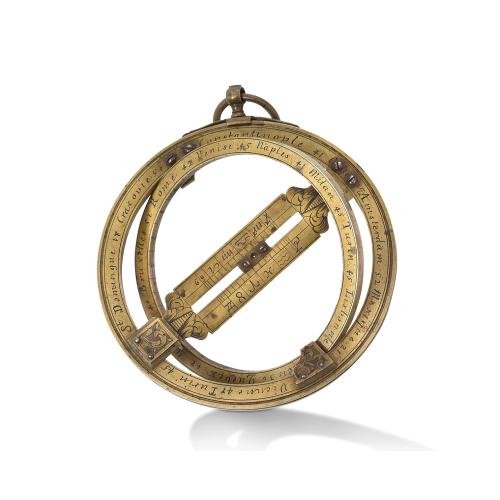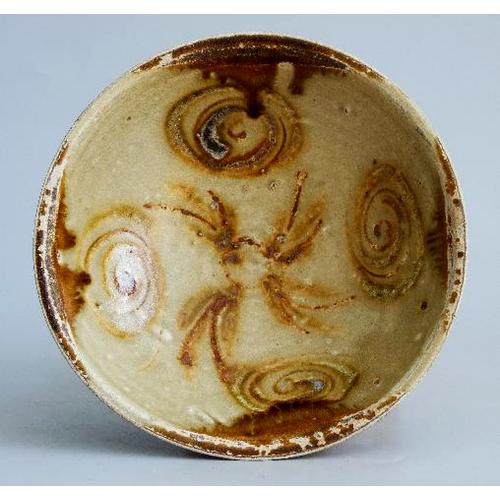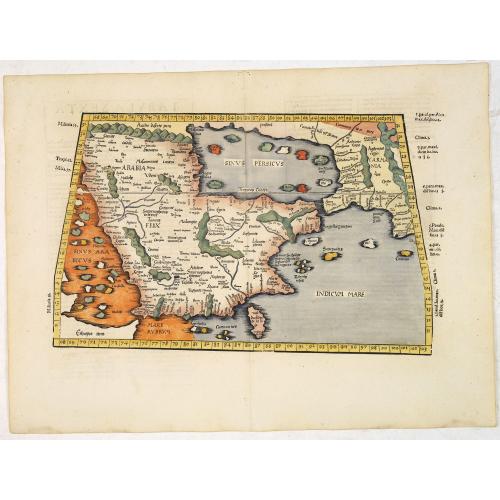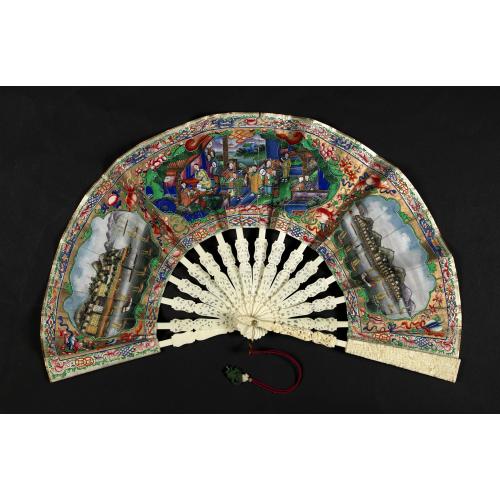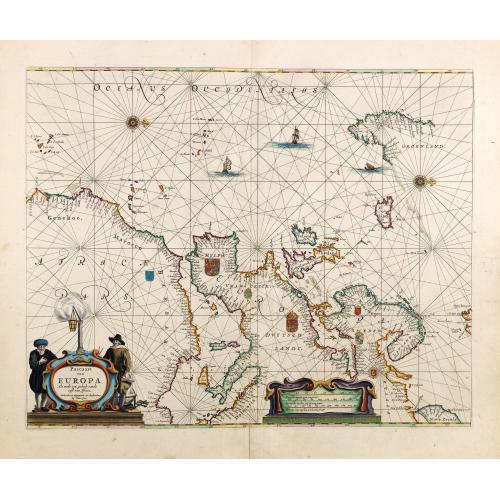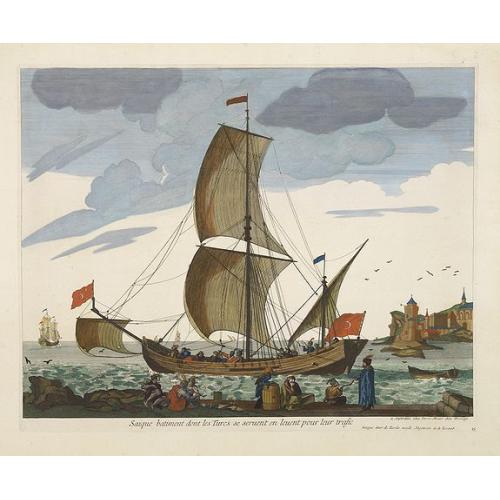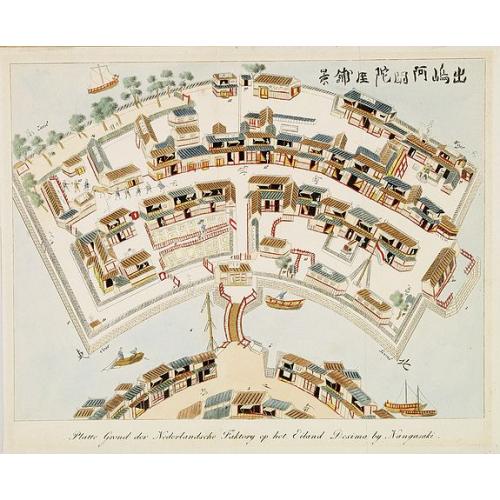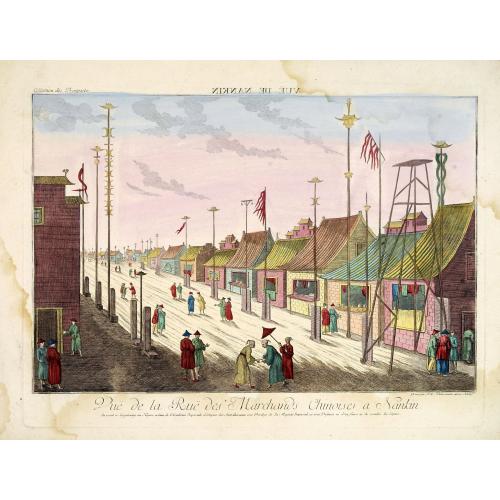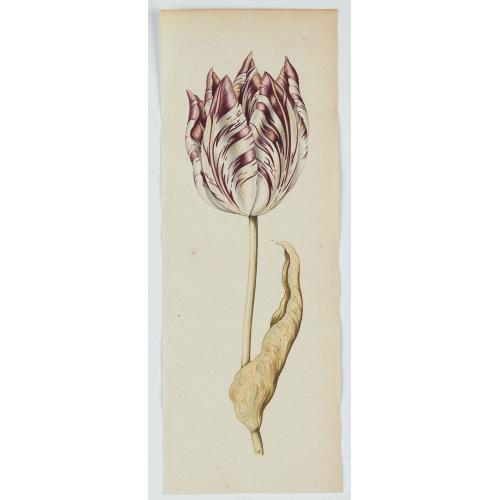East Meets West collection

Born in a multicultural country like the Netherlands, a country that has seen a steady influx of immigrants from around the world come to her shores since colonization a few hundred years ago – it is easy to take for granted the influence of Western and Eastern cultures around us.
This section of old maps, prints and objects aims to show the influence that international trading and exchange of items had on the development of Western and Eastern Art.
International trading started with what we know as the Silk Road and was a land route between Europeans (particularly the Greeks & Romans) as early as 300 BCE. The first recorded traveler is thought to be a Chinese general by the name of Zhang Qian during the second century BCE.
The earliest evidence of east-west trading are remains of the Chinese Arabian shipwreck of Beltung.
Travel by sea was changing as merchant and military ships began transitioning from galleys into full sailing vessels. This opened up
trade in a completely new way – and the Portuguese Empire was making headway
exploring the Indian Ocean. They were the first to create
direct trade routes with Asia by sea. In 1513 China saw the first
European trading ship arrive on the coast of Lingding Island under
Portuguese explorer Jorge Álvares. Three years later, Rafael Perestrello
(who was a cousin through marriage to famed explorer Christopher
Columbus) arrived on China's mainland shores. Others soon followed like
Fernão Pires de Andrade and Tomé Pires who started formal commercial
and diplomatic relations between the Ming Dynasty and Portugal.
The Paulus Swaen East Meets West Collection of maps, prints and artifacts
Click on any of the above images to see the items in the catalog
The Silk Route
International trading started with what we know as the Silk Road and was a land route between Europeans (particularly the Greeks & Romans) as early as 300 BCE. The first recorded traveler is thought to be a Chinese general by the name of Zhang Qian during the second century BCE. The Silk Road saw various growth spurts in its early centuries and one of the first major steps in its development happened during Alexander the Great’s expansion of the Greek Empire. In 329 BCE Alexander founded the city of Alexandria Eschate (not to be confused with the port city of Alexandria in Egypt) along the Fergana Valley located near the modern-day city of Khujand in Tajikistan.
However, as the Mongolian Empire eventually came to an end, history began to see the sparks that would ignite the start of the Silk Road's decline. It was around this time that Europeans began looking for other ways to stay connected with the Chinese Empire, and they started looking towards the open ocean.Of course, this blog post would not be complete without comparing some of the influence Eastern weapons had on the development of Western Swords.
Found trade beads are giving good information about the commercial contacts between different countries.
Dutch glass beads, produced since the late 16th century were mainly used for trade in North America, Africa, and Indonesia.It is known that Henry Hudson bartered Dutch beads when travelling for the VOC in 1609, and, besides other goods, glass beads are discussed to have been paid for the purchase of Manhattan Island in 1626.
They are found in early North American Iroquois and Susquehannock sites, but also on the Antilles, in East and West Africa, and on Bali.
In 1543 the Portuguese Empire made another historic first when Portuguese traders – during the height of what would become known as the Portuguese Discoveries -- became the first Europeans to travel to Japan and set up shop with the locals. This lead to the start of an exclusive trade partnership between Portugal and Japan that would last for over ninety years. Portugal strengthened their hold even further in the East by establishing the first permanent European maritime trade post in 1557 when China rented the port city of Macau to the Portuguese Empire. Other Europeans would eventually establish their own trading routes and relationships with Asia, but Portugal held a monopoly for decades before the rest of Europe caught up.
Eventually, this lead to the decline of the once great trade regime that was held by the Silk Road. Portuguese Jesuits living in Nagasaki were responsible for introducing life-changing concepts to the East. Not only did they bring the printing press to Japan for the first time in 1590, but it was also the Portuguese who heavily influenced Japan's development of firearms. This would go on to change Japan politically and militarily as the gun began to replace the sword. Even though firearms were first introduced to the Japanese during the 13th century they saw little use until the mid 16th century when the Portuguese brought over the matchlock musket. The japanese name for the matchlock musket was Tanegashima – named after the island of Tanegashima where The “Festival da Espingarda” (“Rifle Festival”), is still celebrated in Japan to this day.
